Introducing Service Incidents API
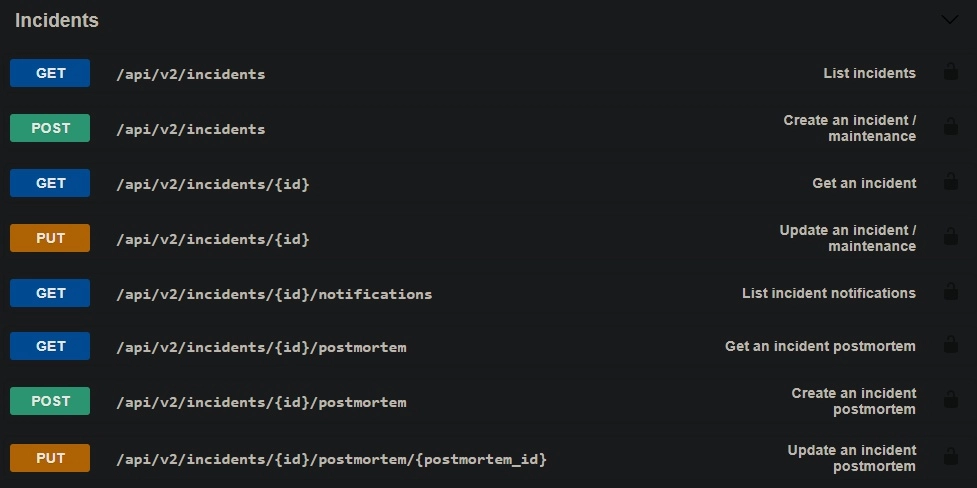
As part of our new v2 API releases, AlertOps has released the Incidents API to completely manage and control Service Status incidents programmatically via API. With access to this API, tie your existing integrations in to automatically create and update Service Incidents from your Alerts. Automatically populate Service Incident Post-Mortems directly via API. Generate post-mortem […]
Managed Service Provider – How AlertOps Helps MSP Scale Digital Transformation Initiatives.

What are the incident management capabilities that Managed Service Provider (MSPs) need to help their customers digitally transform in 2023? In an era where speed, productivity, and user experiences matter most what are the incident management capabilities managed service provider need most to grow, transform and mature their digital operations, processes and serve more organizations, […]
AlertOps Software Appoints

Alan Verdi, Vice President of Sales and Sal Abramo Vice President of Marketing Chicago, Illinois – July 22, 2021 – To meet large and growing market demand, AlertOps, a leader in the Incident Management Software market space, has rounded out its executive team with the recent appointment of two senior executives with decades of sales and marketing expertise to help steer the company as it continues its rapid growth […]
Enhanced User & Groups APIs
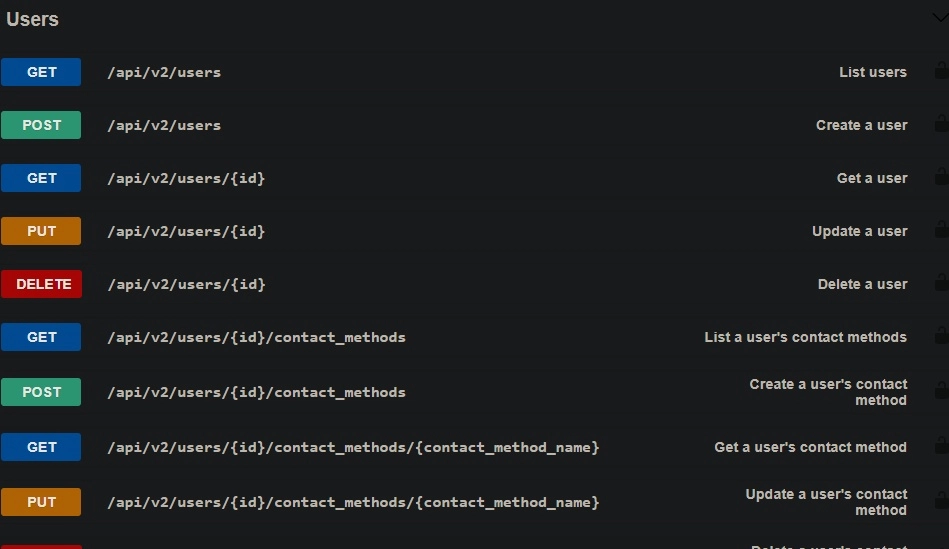
AlertOps is progressively rolling out new and more comprehensive APIs that can be leveraged to interact with the platform from other tools or completely programmatically! With the new APIs (v2) exposed for Users and Groups, complete CRUD control over both Users and Groups within AlertOps via the API. This means you can create, update, and […]
Red Canary says 43% Lack Readiness to Notify Customers of a Security Breach

The phrase ‘stakeholder management” assumes that stakeholders are truly informed by alerts. However, managers can only send communications out, they cannot force people to address them.
No-code for developers

Today there is a lot of buzz about no-code and low-code development. Typically, the talk is about non-developers or “citizen developers” using no-code / low-code approaches, but it can also be an option for developers.
IT process automation for managed service providers

IT process automation can have several benefits for a managed service provider. It can increase productivity, lower costs, improve quality, reduce downtime, improve SLA management and keep customers happy.
Service Status Uptime Bar
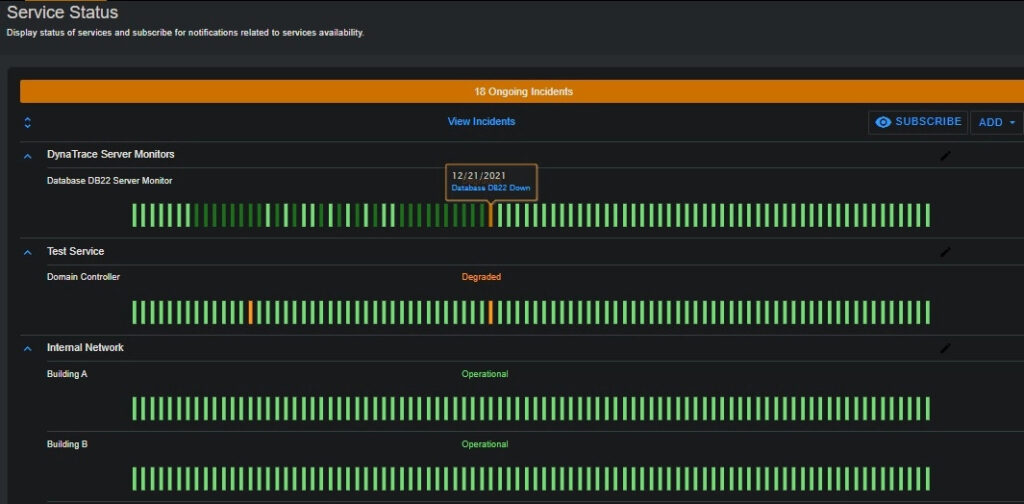
View the Uptime and Dates during which there were any incidents at a glance with the Uptime Bar. Visibility for each Service and Component with respect to when incidents occurred instantly. Hover and click directly into any historical incidents over the past 30 days.
Added Priority Filter to Alert Reports
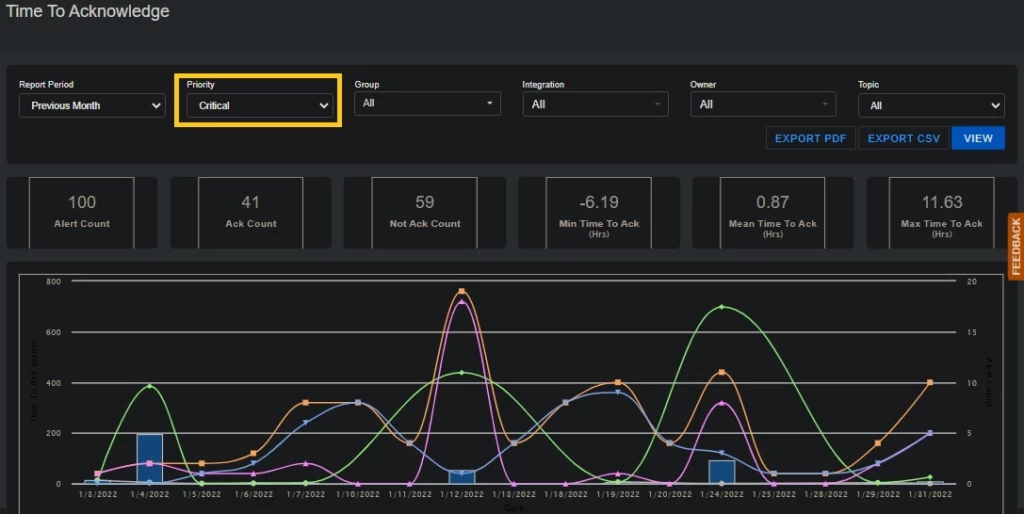
In addition to fields such as timeframe, Group, or Integration, the Escalation Priority field has been added as an additional layer of filtering for most reports. Now filter on existing criteria but add the priority of your Alerts for which you’d like specific insights.
DevOps vs. Agile
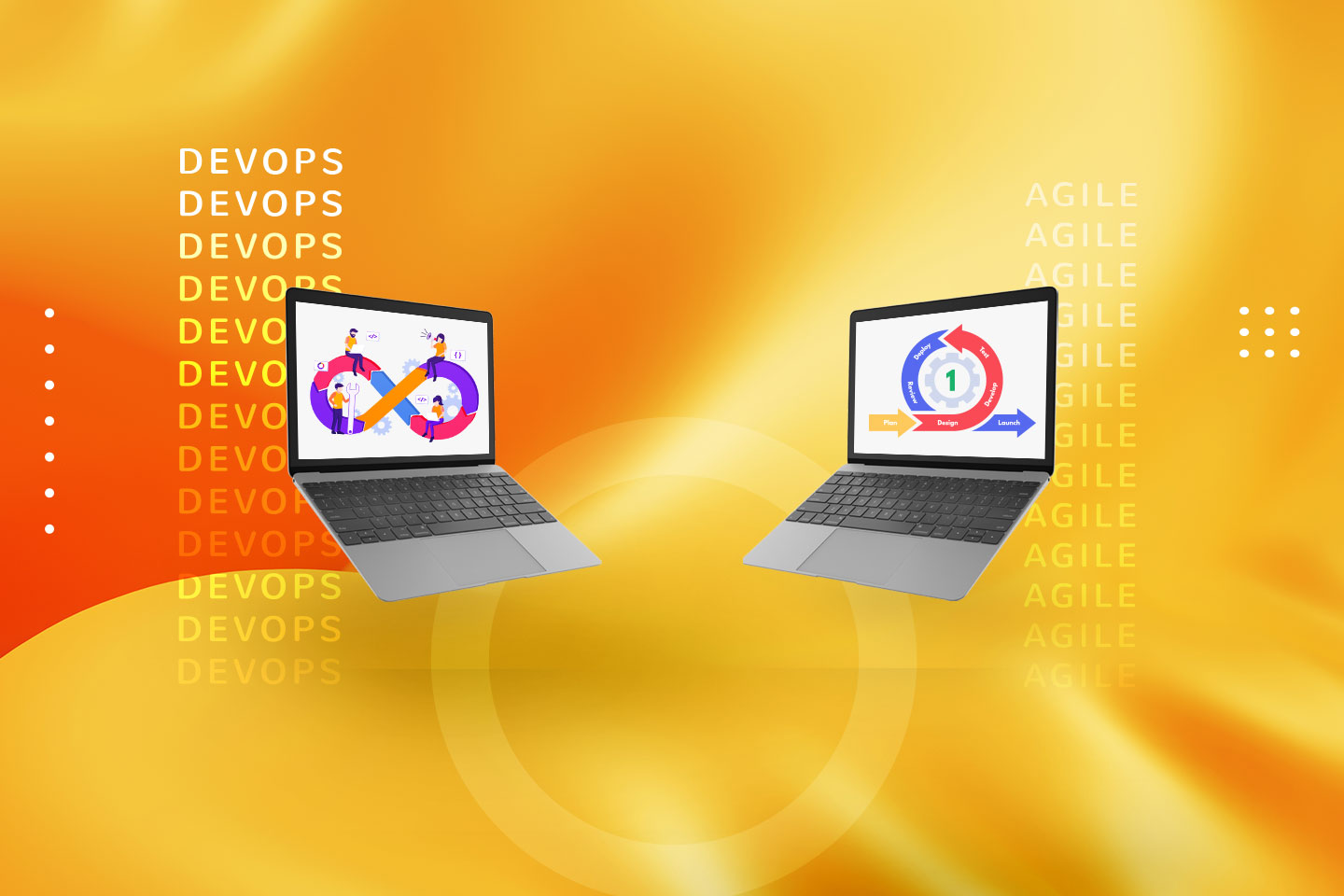
DevOps vs Agile: DevOps integrates development and operations, whereas agile emphasizes collaboration, customer input, and quick delivery. What is DevOps? DevOps is a term for, “a cross-disciplinary practice dedicated to the study of building, evolving and operating, rapidly-changing resilient systems at scale.” (Jez Humble) There is no wall between development and operations so they work […]